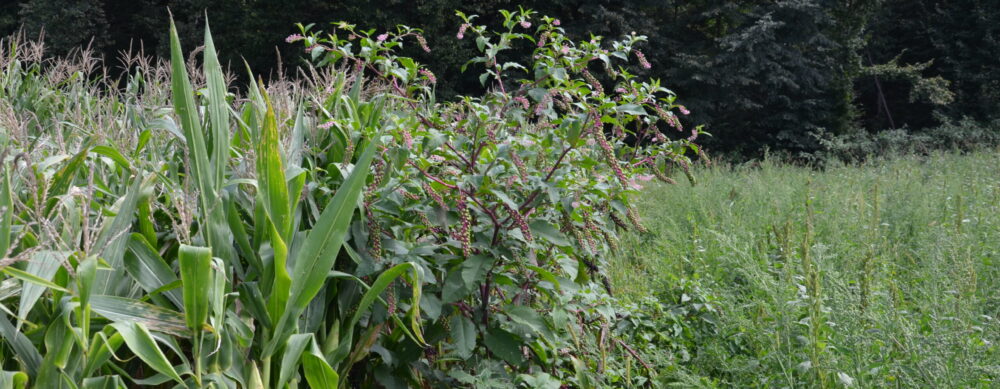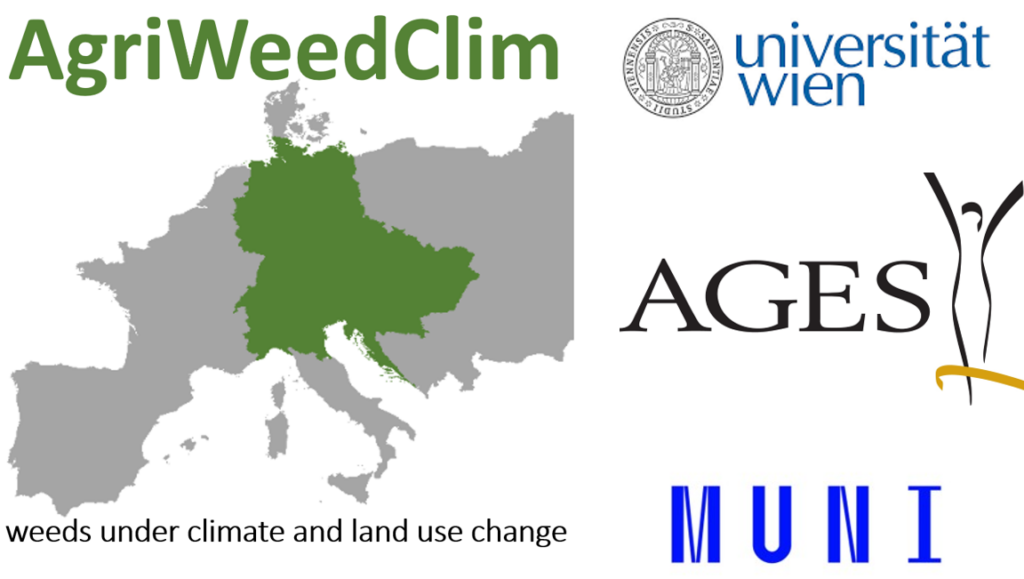Integrated Weed Management (IWM) is a holistic approach that sustainably reduces weed populations on agricultural land. It combines various methods, such as mechanical, biological, and chemical weed control, tailored to the specific needs of a farm. The goal is to make weed control more efficient and environmentally friendly in the long term by utilizing many available methods together—this allows the weaknesses or gaps of individual approaches to be overcome. Although the initial implementation might require more effort, the work needed for weed control can be sustainably and significantly reduced over time.

A key component of this approach is the use of indirect management methods that prevent weeds from emerging in the first place. Crop rotation is a great example, as it disrupts weed populations by altering the growing conditions. By using a variety of such indirect methods, the remaining weeds can be targeted with specific herbicides.
A well-known example of the benefits of IWM is the study by Harker and O’Donovan (2013), which shows that integrated weed management can reduce herbicide dependency while maintaining stable yields.
Harker, K. N., & O’Donovan, J. T. (2013). Recent advances in weed management in North American conventional and organic cropping systems. *Canadian Journal of Plant Science*, 93(5), 901-910. Link to summary: https://cdnsciencepub.com/doi/10.4141/cjps2013-088.


